- This is a basic lens with fast, silent autofocus that is ideal for video.
- Unlike my DSLR, it does not have stabilization, therefore shooting video will require the use of a tripod.
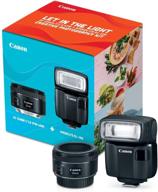
44
·
Very good

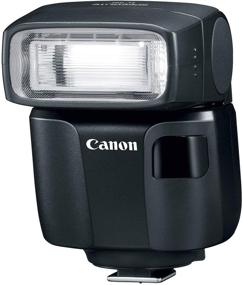
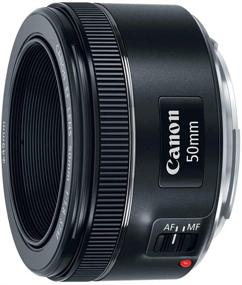
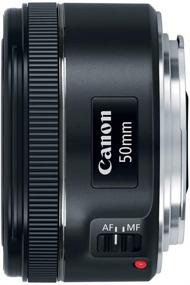
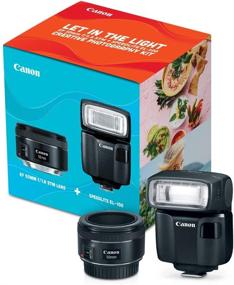
| Brand | Canon |
|---|---|
| Lens Type | Macro |
| Compatible Mountings | Canon EF |
| Camera Lens Description | 50 millimetres |
| Maximum Focal Length | 50 |
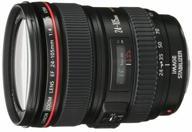
Canon EOS SLR Camera Lens EF 24-105mm f/4 L IS USM

124 Review
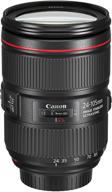
Black Canon EF 24-105mm f/4L IS II USM Lens - Model 1380C002

78 Review

Nikon 50mm f/1.8D Lens: Perfect for Nikon DSLR Cameras!

97 Review
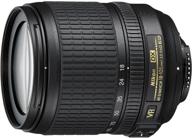
New Nikon 18-105mm Vibration Reduction 📷 Zoom Lens with Auto Focus for Nikon DSLRs

104 Review